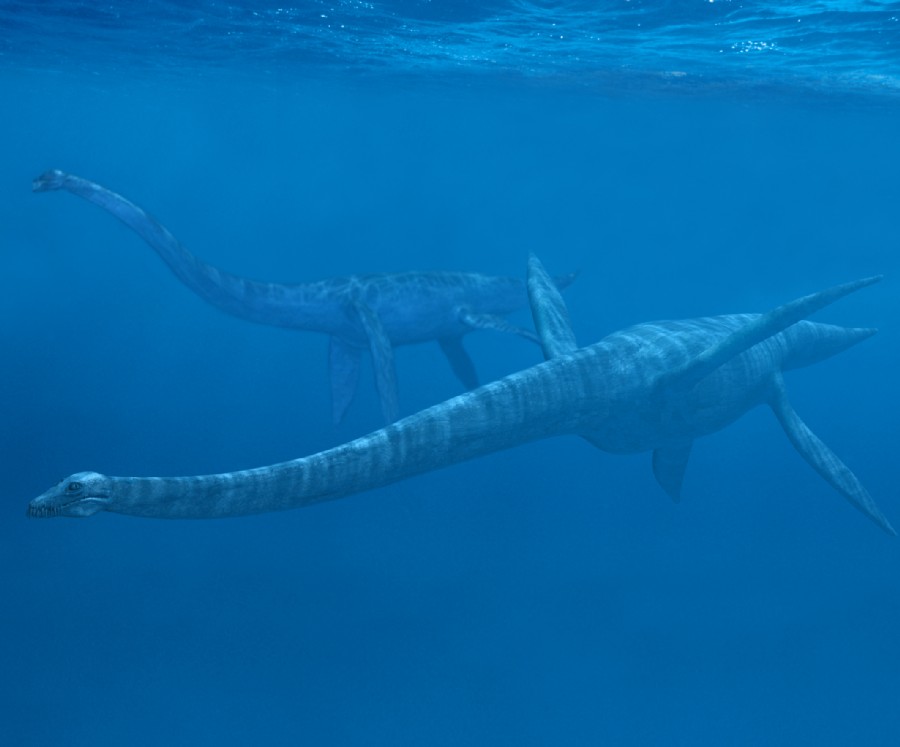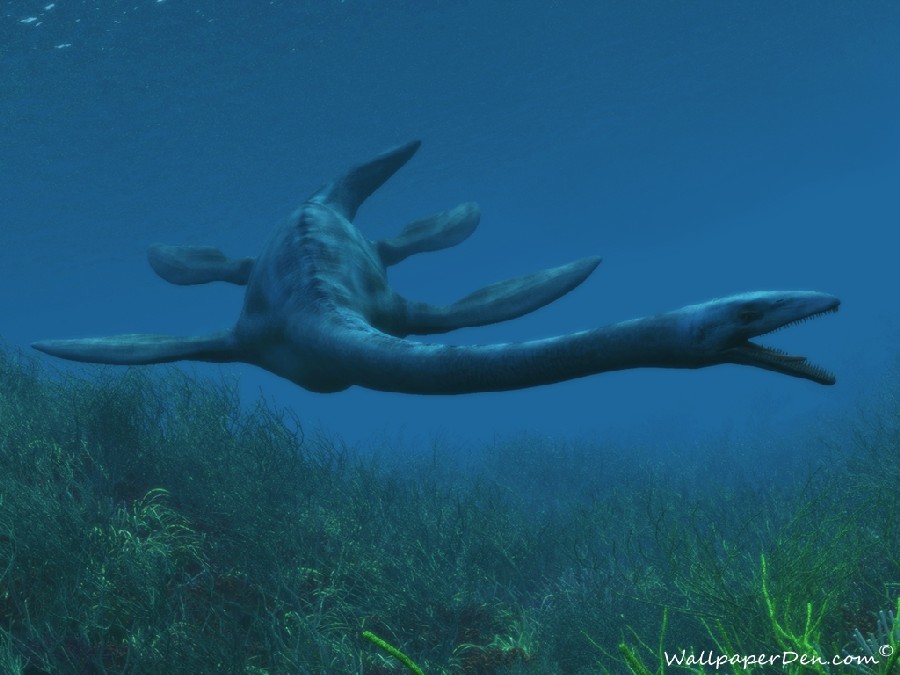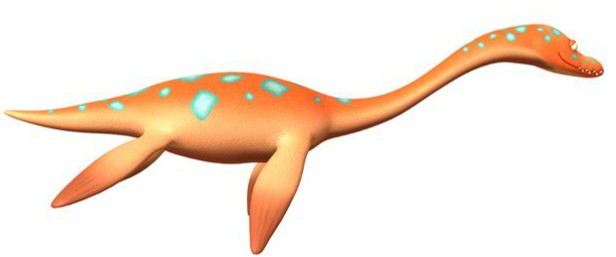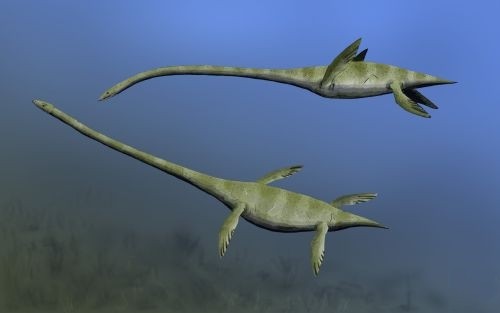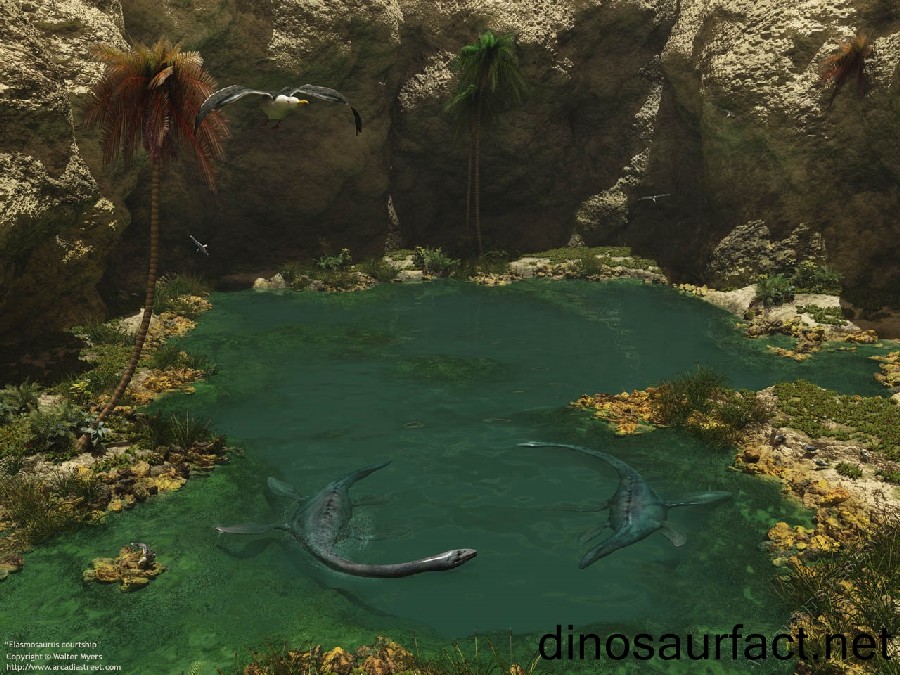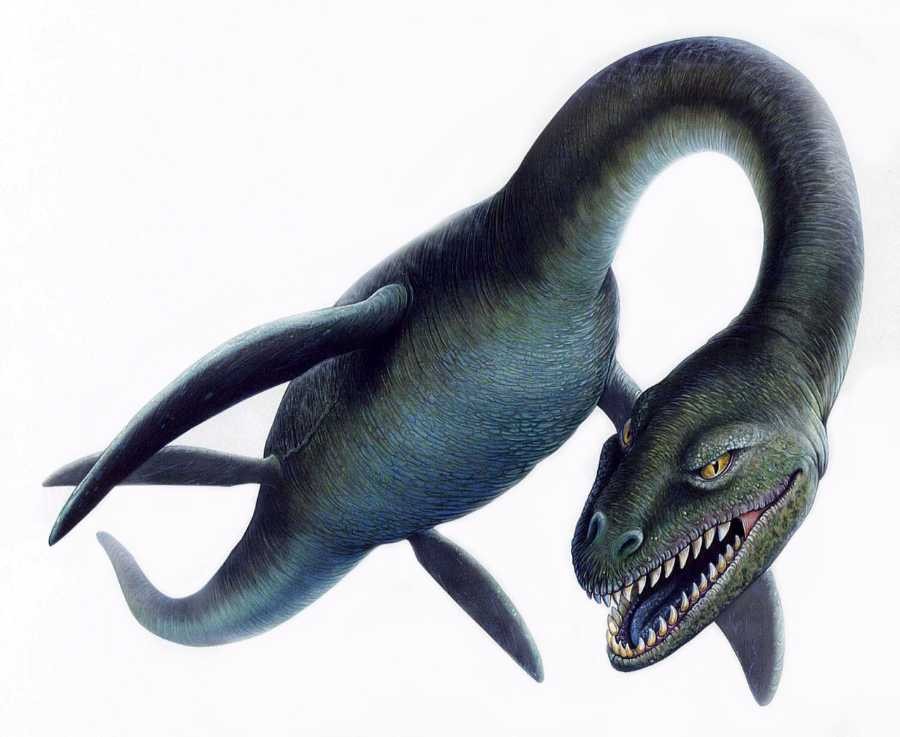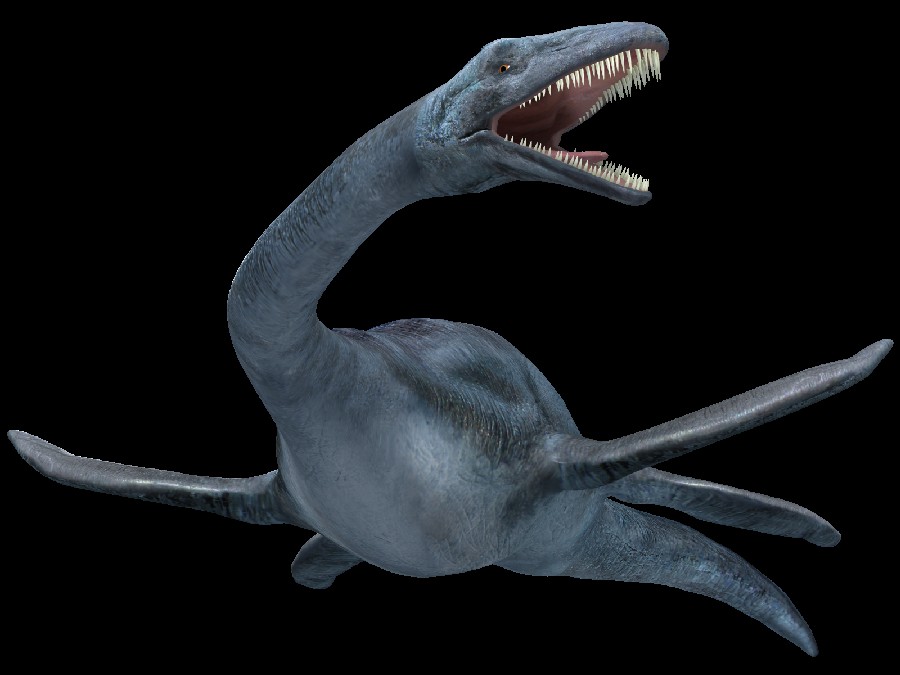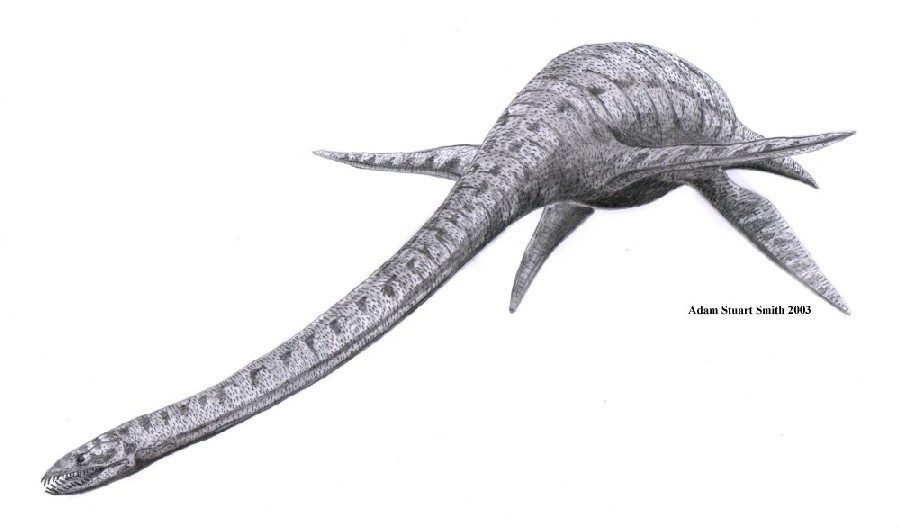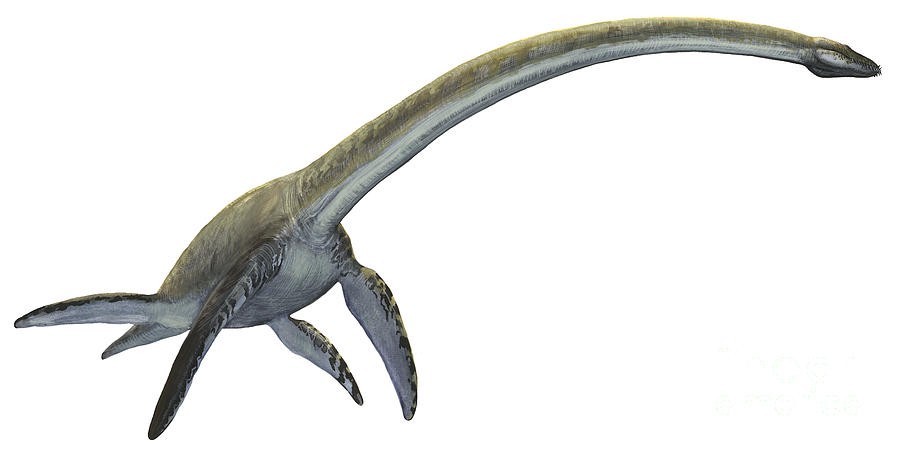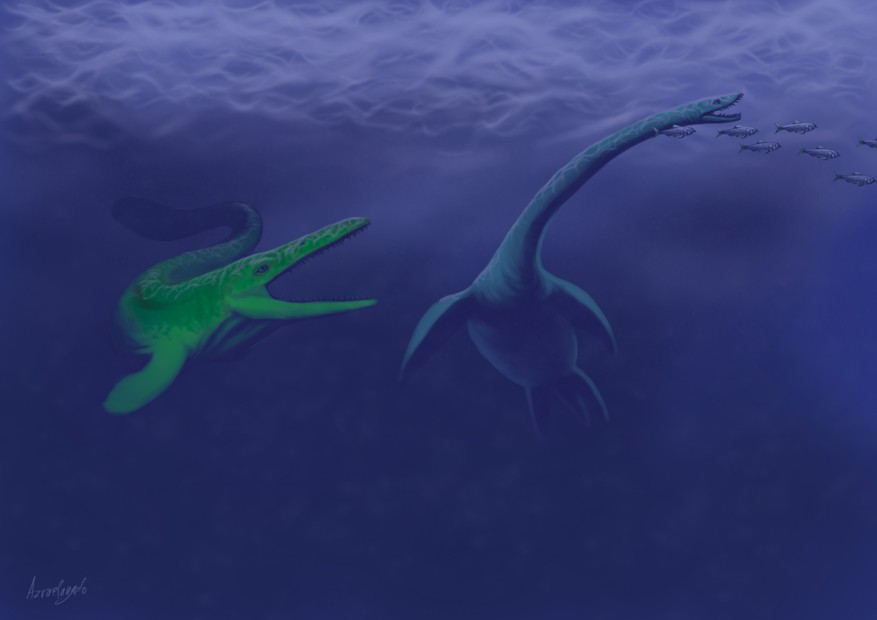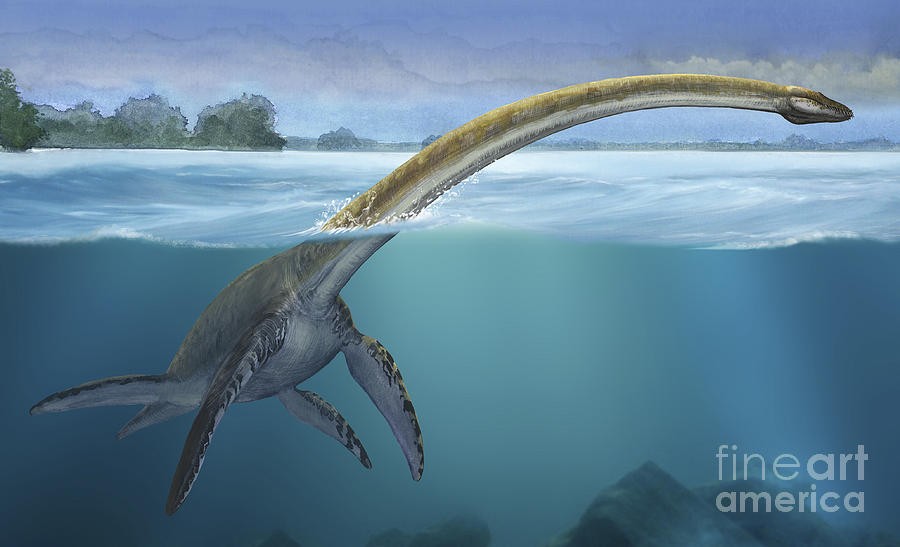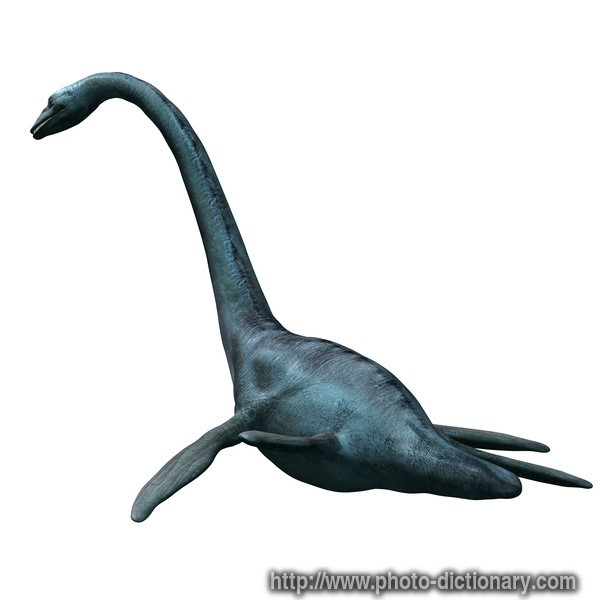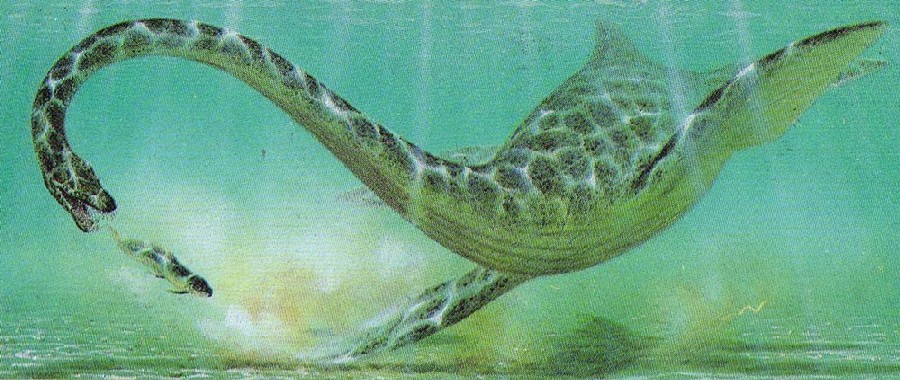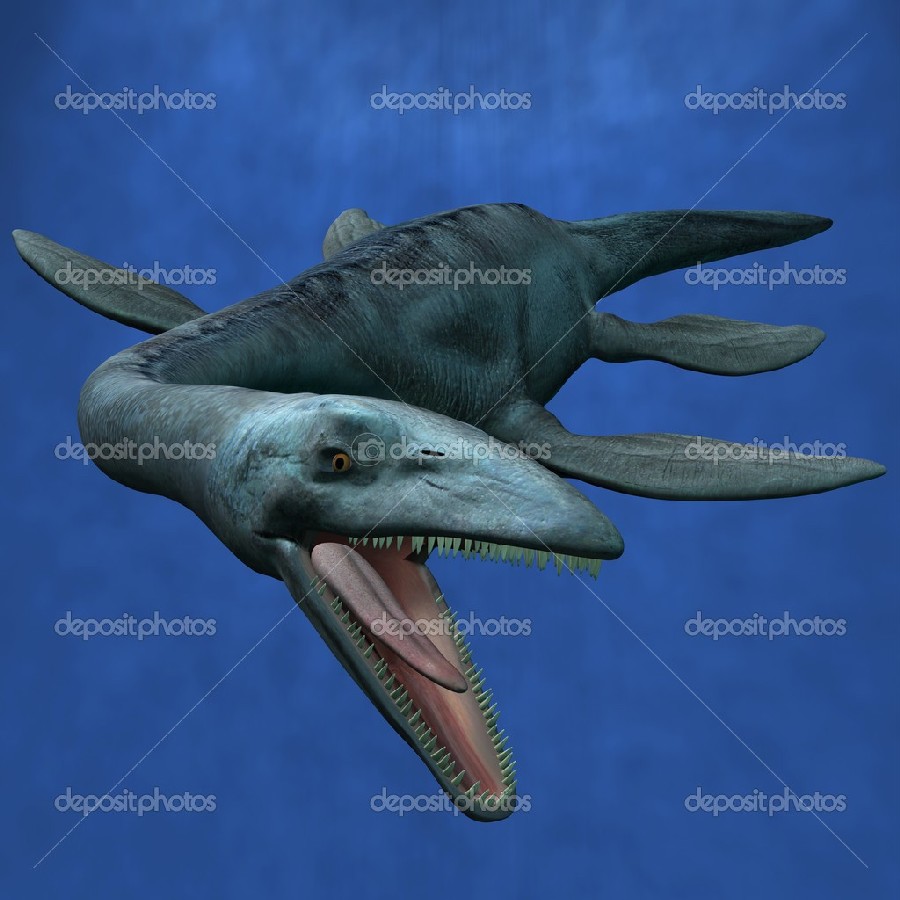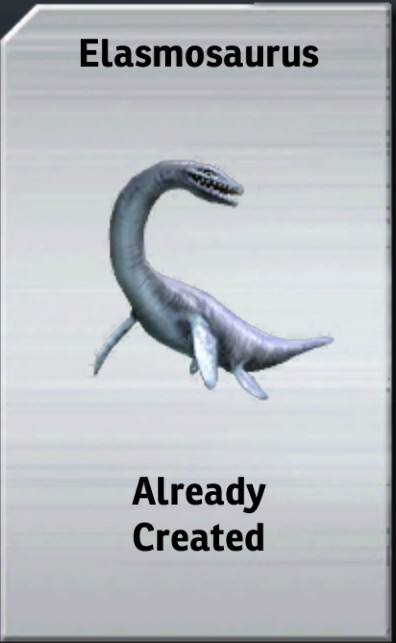База данных динозавров:
Общее количество образцов: 1365| name | Elasmosaurus (Эласмозавр) |
| date_from | 93.9 million years ago |
| date_to | 70.6 million years ago |
| date_from2 | 93.9 |
| date_to2 | 70.6 |
| lived_in | a marine environment (морская среда) |
| was_a | carnivore (хищники) |
| reproduced_by | live birth (живорождение) |
| url | https://dinosaurpictures.org/Elasmosaurus-pictures |
| description | Elasmosaurus was one of the largest plesiosaurs, living during the late Cretaceous period. It was enormous in scale, reaching up to 46 feet in length, albeit much of its length was accounted for by its incredibly long and serpentine neck.When it was originally discovered by Edward Cope, he mistakenly believed that the creature’s neck was in fact an extremely long tail.Researchers believe that the purpose of the creature’s long neck was to allow it to reposition quickly and catch prey that would otherwise be able to out-maneuver the larger mass of the Elasmosaurus’ body. |
| articles | I. Obata and Y. Hasegawa. 1972. Preliminary report on the Cretaceous reptile fossils from Hokkaido. Memoirs of the National Science Museum 5:213-222 J. Lindgren. 2005. The first record of Hainosaurus (Reptilia: Mosasauridae) from Sweden. Journal of Paleontology 79(6):1157-1165 Y. Kanie and Y. Hasegawa. 1998. Vampyromorph: past and present - Cretaceous Vampyromorph (Coleoidea: Cephalopoda) as the diet of plesiosaurs. Bulletin of Gunma Museum of Natural History 2:11-22 E. D. Cope. 1868. On a new large enaliosaur. The American Journal of Science, series 2 46(137):263-264 F. B. Loomis. 1915. A new mosasaur from the Fort Pierre. American Journal of Science 39(233):555-566 |
| trophic_level | carnivore (хищники) |
| habitat | marine (морской) |
| motility | actively mobile (подвижный) |
| points | 39.0134 -101.374, 42.15 142.833, 43.1667 141.833, 43.1667 141.833, 43.1667 141.833, 44 142, 44.0667 141.683, 44.05 141.683, 56.1394 14.4017, 43.3058 -104.224, |
